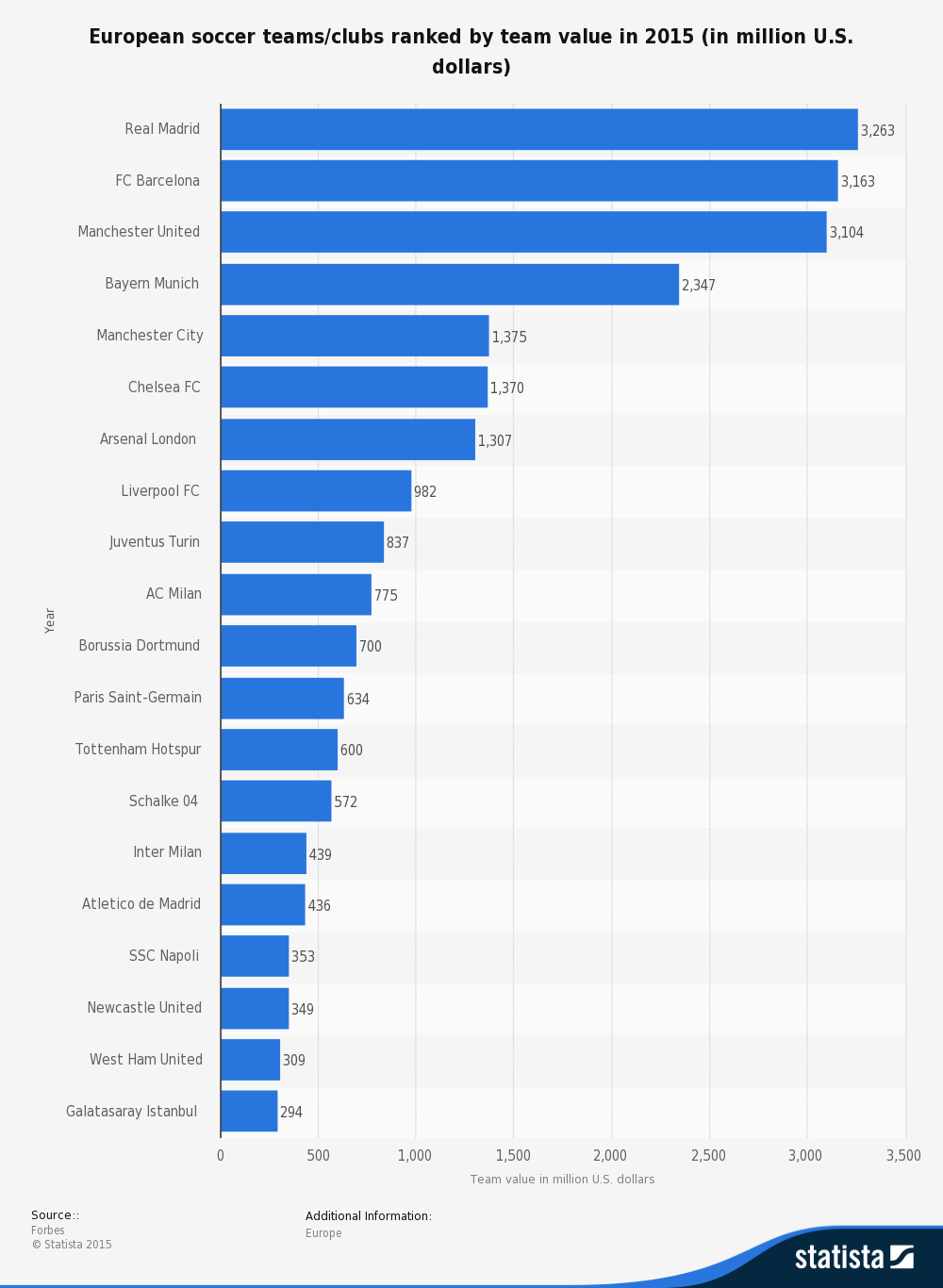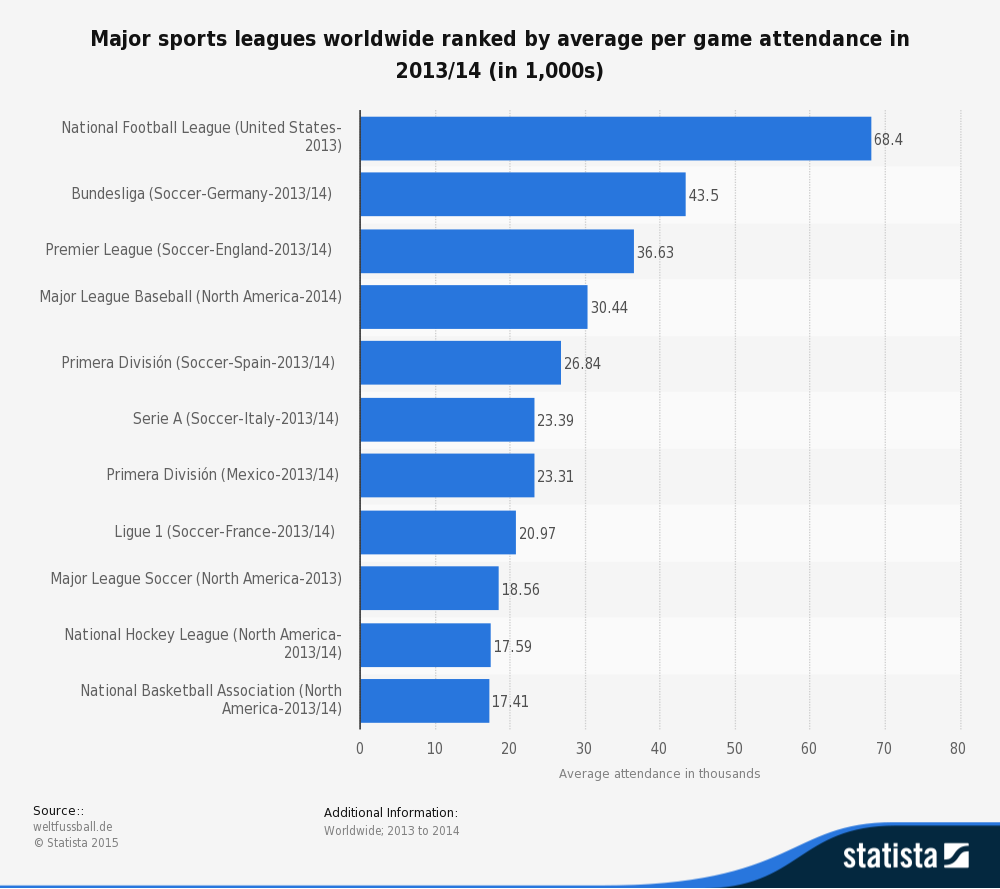GPS-Based Athlete Tracking Systems: A Primer
If you’re following the rise of player tracking technology, most of what’s being discussed are in-game systems. Whether the system is camera-based, like SportVu in the NBA or Statcast in MLB, or sensor-based, like Zebra’s RFID tracking of NFL players or the Sportvision’s partnership with the NHL, the goal is similar: track how pro athletes in the heat of competition, with the hope of gaining a competitive advantage by the shaving of a fraction of a second here or optimizing a route there.
But there’s another way for teams to use technology to gain an edge: by keeping their best players healthy and in those big games. This requires a separate system, especially on large squads like football teams where it would be impractical to collect and process the amount of optical data needed to capture everyone’s movements across all activities. As a result, systems based on global positioning system (GPS) technology are used in practices and rehab by a wide range of teams across all major sports.
Most of the designs center around a sports-bra looking harness worn by the athlete under his or her shirt. The harness holds a device containing a GPS chip, along with additional components like accelerometers, gyroscopes, and magnetometers, to track how and where an athlete moves. The GPS device is often paired with a heart rate monitor, allowing the system to estimate exertion.
Because the device relies on satellites to track the athletes, most companies that market a GPS system also market a complementary indoor system, typically based off a technology such as RFID that is better suited to the indoor environment. If a basketball or hockey team is working with one of these companies, chances are that they’re using indoor technology.
For now, these devices are predominantly used in practices, as none of the major leagues currently allow on-field wearable sensors for safety reasons. But FIFA just relaxed their ban, following successful runs at the Women’s World Cup and Under-23 World Cup over the summer. National federations are expected to follow suit shortly, and other sports leagues (such as MLB) are drawing up procedures to approve devices for in-game use.
Most readers are familiar with activity trackers like FitBit, which typically include a GPS component. But monitoring companies say that they aren’t designed to provide enough information to accurately track an athlete’s performance during competition or training.
“They offer very little insight into athlete’s performance,” said Richard Byrne, STATSports’s Business Administrator. “FitBit themselves are the first to admit they will show you patterns relating to your fitness levels as oppose to wholly accurate data.”
It might seem surprising to hear that teams are investing in GPS technology as camera-based systems proliferate across pro sports. STATS’ SportVu cameras are positioned in all 30 NBA arenas, and soccer teams have tracked distance traveled with systems like Matrics for years. But GPS companies argue their devices provide more in-depth information than camera-based systems.
“Camera systems essentially turn a match into moving dots on a screen,” said Catapult director of marketing Boden Westover. “You get speed and distance metrics, but they’re a tiny piece of the athlete tracking pie.”
There are a number of companies that offer similar GPS systems. For this introduction, I spoke with representatives from three — Catapult, STATSports, and VX Sport — but others (including GPSports and Zephyr) are also currently being used by pro organizations.
Catapult
With over 440 clients in 40 countries listed on their website, Catapult is the best-known and most prolific GPS company. Based in Australia, their OptimEye S5 (and the goalkeeper-specific G5) use GNSS, a combination of the American GPS system and the Russian GLONASS system. The result, according to Catapult, is a system accurate to within 50 cm; an older system that uses GPS only has a stated accuracy of 100 cm. The OptimEye devices include an inertial measurement analysis (IMA) chip, an accelerometer/gyroscope combination that measures an athlete’s finer movements. For indoor clients, Catapult produces ClearSky, an RFID-based system.
Westover said that Catapult’s distinguishing characteristic was independent validation of the technology published in peer-reviewed journals.
“There are around 100 such articles that have been published on Catapult, which prove that our technology measures what we say it does,” he said. “Other systems out there being used by teams have never been scientifically proven.”
STATSports
Headquartered in Ireland, STATSports’ offering is the Viper Pod, a combination GPS and MARG device with a stated accuracy of at least one meter. The inclusion of accelerometer, gyroscope, and magnetometer components allows the Viper Pod to track accelerations and decelerations, along with athlete direction and turning. The MARG components also contribute to the scrum analysis used by their rugby clients.
Although their current indoor solution works off accelerometry data, STATSports’ upcoming Viper 3 system (due out this year) will incorporate ultra-wideband technology for accuracy up to 10 cm. The new system will also use low-energy Bluetooth to connect to other devices like heart rate monitors.
Business administrator Richard Byrne said that STATSports prides itself on its software platform in addition to accuracy.
“Our customers tell us our software is light years ahead of anything else they have experienced,” Byrne said. “We have a host of innovative metrics which allow coaches who use our system an incredibly in-depth look at their athlete’s performance.”
VX Sport
VX Sport, a New Zealand-based company, is focusing its efforts on collegiate sports teams. VX Sport’s system combines three satellite systems — GPS, GLONASS, and an analogous Chinese system — but unlike other companies, doesn’t claim that the additional satellites produces increased accuracy. Instead, managing director Richard Snow claimed that the “dark art” of GPS accuracy relied more on high-quality components and intense post-processing.
“It’s a bit like talking about a pro digital camera vs. a consumer model,” Snow said. “If you picked up a pro Nikon from ten years ago, it’s always gonna be better than the 20 megapixel thing that you buy for $75 from an electronics store. And that’s the reality with GPS.”
VX Sport also offers an IMU-based indoor tracking system that caters to volleyball and basketball clients. Incorporating an accelerometer, gyroscope, and magnetometer, the device can track leg and hip biometrics based on the steps an athlete takes. The system includes software to summarize these biometrics into injury predictors.
Given the gameday motion capture systems currently in place, these GPS-based systems might seem superfluous. But Snow emphasized the importance of his system as a way to quantify players’ effort during the daily grind of training sessions.
“It used to be someone talking with the athletes in the morning, working out how are you feeling, what’s your readiness,” Snow said. “And then at the end of the training, how did you rate that? The only way they’re going to change that is with proper monitoring.”






